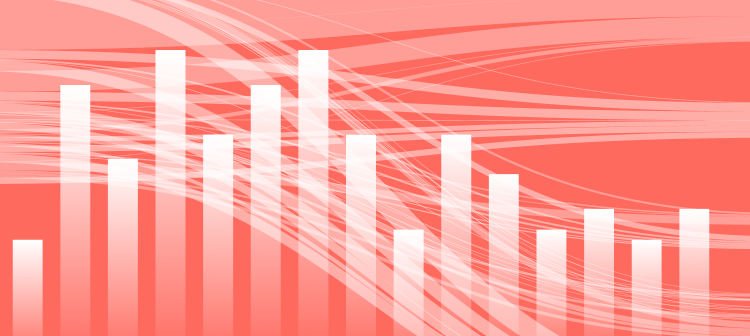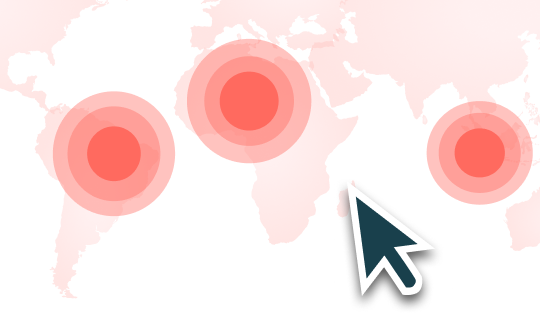European coffee-lovers are troubled that their morning brew may fuel the clearing of forests. For consumers, such impacts have a bitter taste, and the EU has responded with its new deforestation regulation that entered into force in June. From the end of 2024 (mid-2025 for SMEs), businesses must show that EU imports of key agricultural commodities, including coffee, are deforestation-free.
This has far-reaching implications for the sector, as the EU is a large and growing market. In 2022, the EU imported 3 million tonnes of coffee, just under a third of global production. These imports were worth £12.8 billion, a £4.6 billion increase on 2021.
Demonstrating deforestation-free supply
The key obligations fall on ‘operators’ placing relevant goods on the EU market, or exporting from the EU. Coffee must not be produced on land deforested after 31 December 2020, and it must be produced in compliance with relevant laws in producer countries.
Operators must submit a due diligence statement including the country of production and geolocation of all plots where the coffee was produced, as well as a declaration that due diligence has been carried out and that there is no or negligible risk of non-compliance with the deforestation and legality criteria. This requires assessing the risk of mixing with non-compliant products, and taking mitigation measures.
A cupful of challenges
Given coffee’s large smallholder base and the prevalence of supply chain intermediaries, these requirements pose real - but not insuperable - challenges. The sector will need to build capacity among suppliers to monitor, record and disclose the origins of beans. Guidance, together with financial and technical support, will be crucial to maintain smallholder market access.
More guidance from the EU on how to provide disclosure, including a response to FAQs, is in the pipeline. The Commission may benefit from feedback on informational resources that could support businesses preparing for compliance, such as a list of relevant national laws, a basemap of forests at the December 2020 cut-off date and priority areas where smallholders need particular support.
Risky business
The Commission will classify producing countries and potentially subnational regions as low, standard or high risk. Coffee with low-risk origins would undergo a simplified due diligence process, while high-risk imports would face the greatest intensity of enforcement checks.
The system is still in development, but presently the Commission does not seem to be considering giving ‘low risk’ labels to subnational regions within high- or standard-risk countries, even though levels of deforestation vary profoundly within countries. Furthermore, it is unclear if commodity-specific classifications are on the table.
These are missed opportunities to make the regulation work more strategically. For example, in Brazil, which provides a third of Europe’s coffee, deforestation risks are much higher for beef and soy than for coffee, and a large share of coffee production is in regions cleared long before the 2020 cut-off date. By taking a more nuanced approach to its benchmarking system, the Commission would help focus anti-deforestation efforts where the need is most urgent.
This article was first published in World Coffee Magazine on 13 September 2023.
Read the Trase report ‘Risk benchmarking for the EU deforestation regulation: Key principles and recommendations‘.
Was this article useful?





